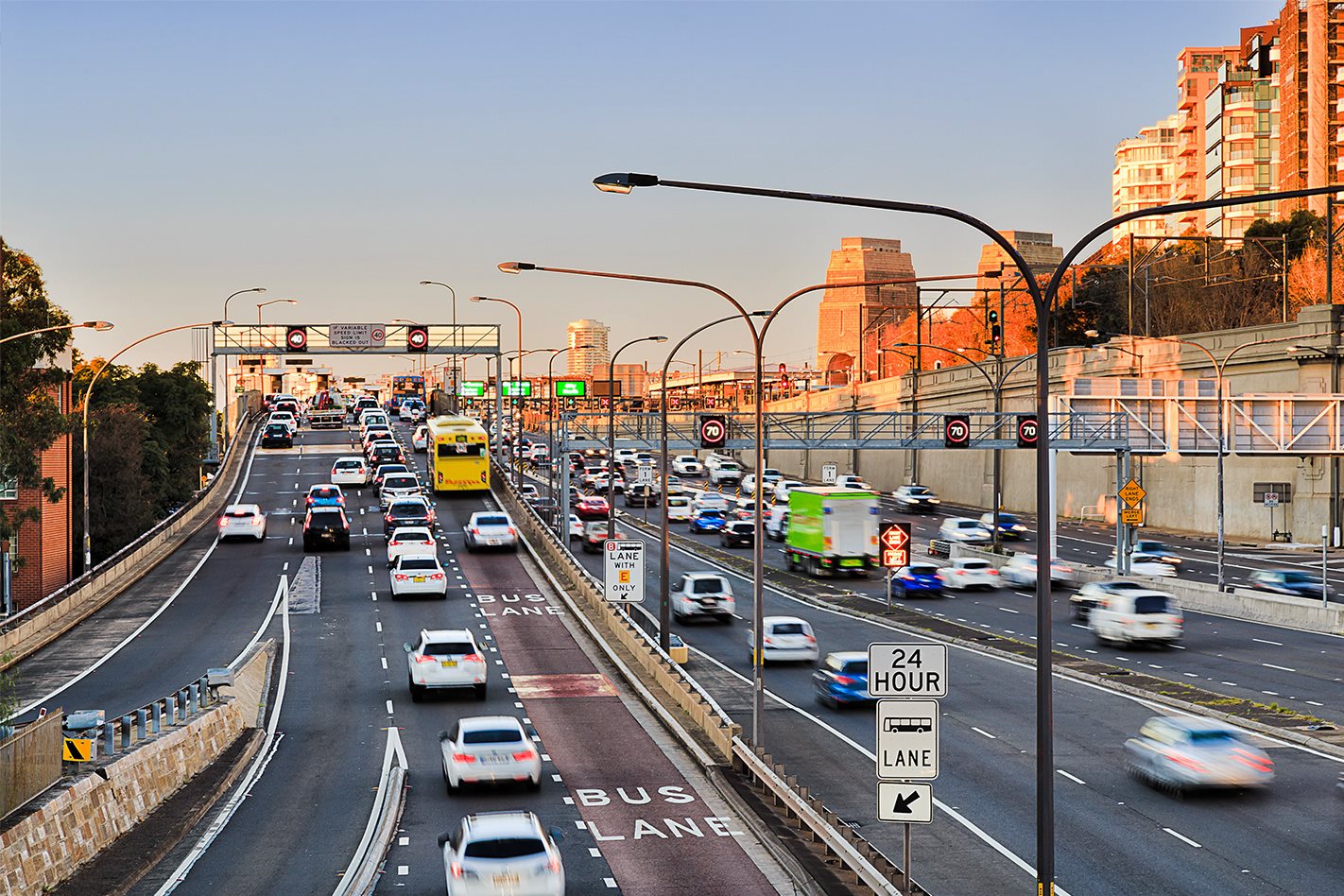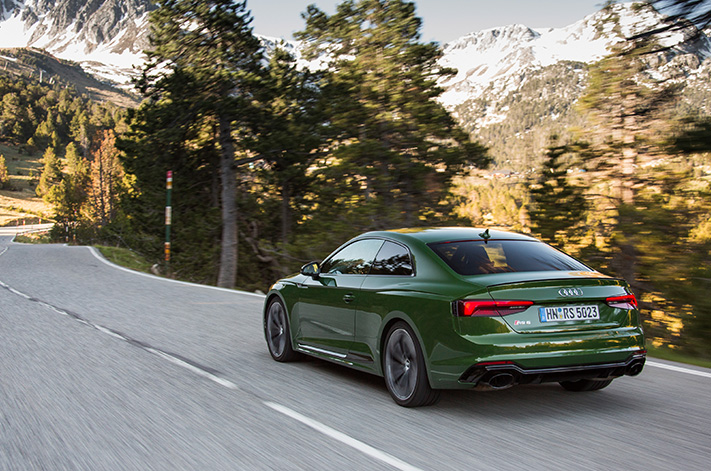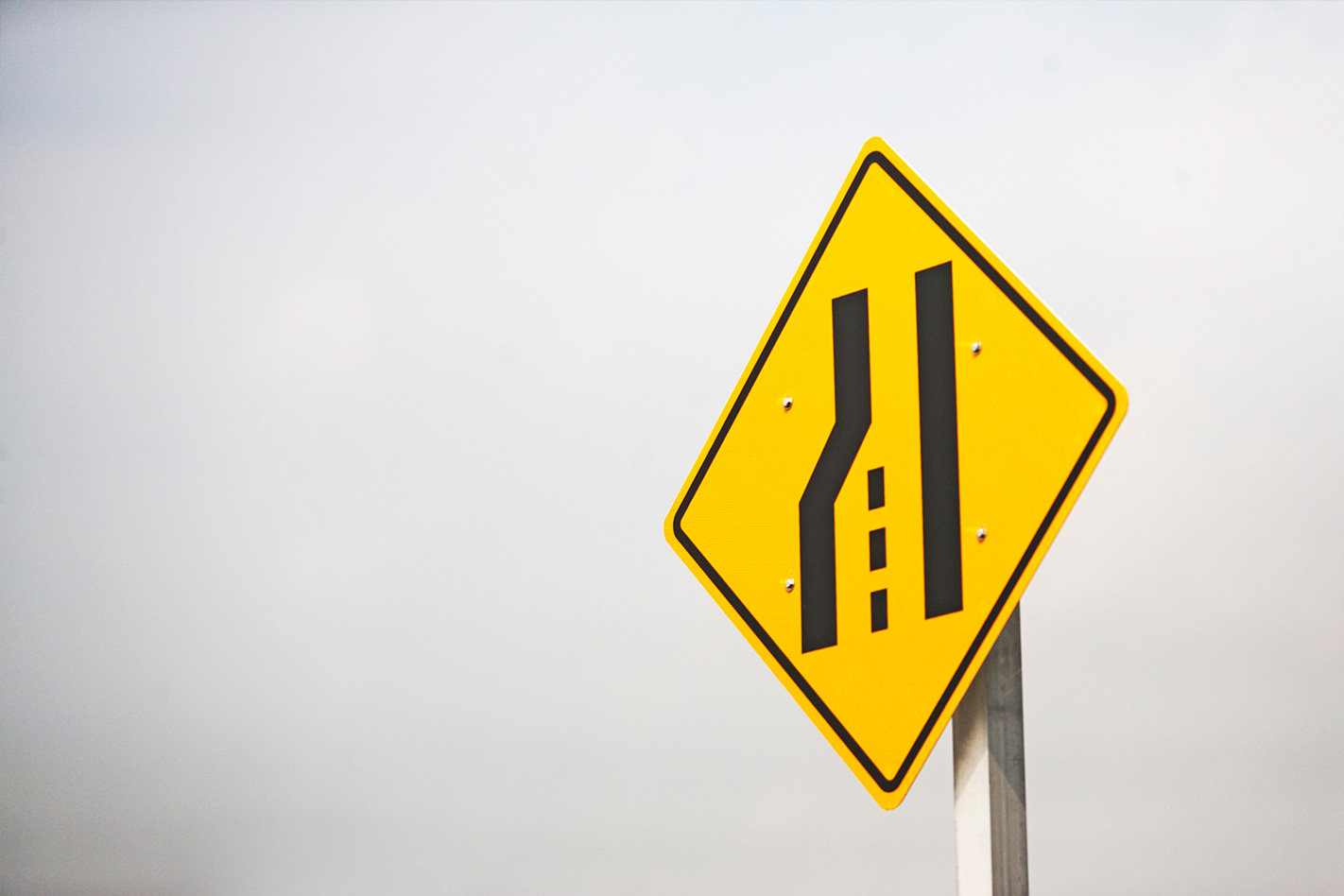
WHEN behind the wheel, few things can cause frustration as easily poor merging and impolite lane etiquette.
Not only can a driver who doesn’t merge properly cause your blood to reach boiling point, it can create very serious and dangerous situations on our roads as other motorists are forced to avoid a clashing of metal.
While in some instances frustration can be brought on by a driver who clearly lacks basic driving skills or knowledge, it can also be caused when two drivers interpret or understand the road rules differently.
What can be an honest mistake could result in a serious crash. So, to help, WhichCar is here to run you through lane etiquette 101.
We’ll explain the different road rules, along with some protocol to ensure you don’t leave fellow road users seeing red.
There are two different types of merges in Australia, and they each come with a different set of rules.
The first is the most common; it’s a dotted-line merge, often seen on highway and motorway onramps. Here one lane ends, and merges into another, with drivers crossing over a dotted-line.

It is this road marking – the dotted line – which is the important distinction. Dotted-line merges require the driver whose lane is ending to give way to the lane they are merging into.
Technically, this means that even if you are merging and the front half of your car is ahead of a vehicle in the other lane, the other driver has right of way – despite being further behind you.
As for etiquette, while it is the merging driver’s responsibility to give way, it is considerate of the driver whose lane is being merged into to consider making room, either by dropping back or moving over, and allowing for a smooth transition. You don’t have to, but the other road user is sure to be thankful for the gesture and it should help traffic flow.
For merging drivers, put your indicator on early, and try to find a spot in the other lane where you can merge into. It’s important you are matching the speed of the lane you are merging into before completing the move. This usually means speeding up and ensures you don’t start the merge too slowly with another car rapidly approaching and impeding the room available to you.
The second variation of a merge is one where two lanes become one, and the dividing line stops. These are particularly common in Victorian. In this scenario, it becomes a case of whoever’s car is in front, has right of way.

The etiquette with this kind of merge is to prepare early, put your indicator on ahead of the merge, and try and line your car up with a space in the other lane to allow for an easy merge for everyone.
This is often described as a zipper merge, with a drivers merging on a one-for-one basis. A zipper merge should also apply in slow moving traffic where a dotted-line merge occurs.
Finally, we’ll look at lane choice on multi-lane highways.
While it’s not relating to a merge, it’s an important part of lane etiquette, and poor behaviour here can turn other drivers to fits of rage easily.
The most important rule with lance choice is to keep left unless overtaking. If the lane to your left is empty, or you are travelling at the same speed as vehicles in that lane, merge into it. It’s a simple rule, but vital to ensuring highways and motorways operate efficiently.
This is especially important in relation to the ‘fast lane’, which is the far right lane on a multi-lane highway. If driving in this lane, ensure you are overtaking other drivers in an efficient and timely manner, and to move back into the slower lanes once you have passed.
And that’s it! Share this article with friends or family who need an update on lane etiquette.




